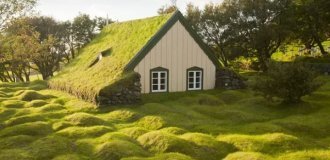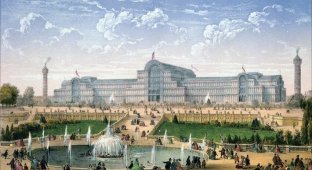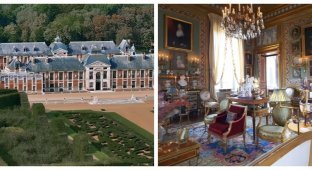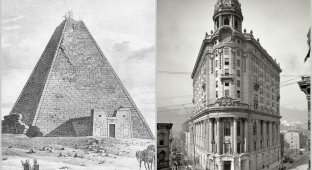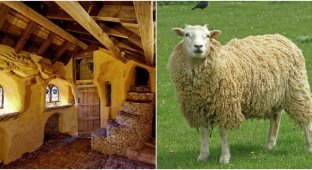Before Joseph Paxton built the magnificent iron and glass structure that was the Crystal Palace for the Great Exhibition of 1851, he built a vast orangery, the Great Orangery, in the grounds of Chatsworth House in the Derbyshire countryside. 
During construction, Paxton perfected many of the techniques he would later use to build the Crystal Palace. 
Paxton's interest in greenhouses began in the 1830s, when he was head gardener at Chatsworth, considered one of the finest landscape gardens of the day. After redesigning the gardens around the new north wing of the house and expanding Chatsworth's conifer collection into the 16-hectare arboretum that still exists today, Paxton designed a number of buildings to grow exotic plants such as pineapples, which were highly prized at the time. 
Joseph Paxton - English architect, master of landscape gardening
Although the idea of growing plants in environmentally friendly premises arose during the Roman Empire, greenhouses were a new concept, and those that already existed in Chatsworth were dilapidated. After experimenting, he designed a glass house with a ridge and a grooved roof, which was to be located at right angles to the morning and evening sun, and an original frame design that lets in maximum light. This design was soon adopted by other greenhouse manufacturers. 
In 1836, Paxton began construction of the Great Orangery. This enormous greenhouse was 70 meters long, 38 meters wide and almost 20 meters high. It was the largest glass building in the world. Inside, there was room for two carriages to drive along the main avenue, and a staircase hidden by the rocks led to a gallery from which one could examine the highest branches of the exotic palms and other trees growing here. 
There were ponds full of aquatic plants, rocks, mosses, ferns, and colorful flowers, thriving in the tropical climate created by eight underground boilers that burned coal delivered by wagons on the underground railroad. The boilers were fed by a maze of hot water pipes. In winter, 300 tons of coal were needed to fuel the boilers. 
Needless to say, the greenhouse was prohibitively expensive to maintain. During the First World War, when coal became scarce, it was not heated and all the plants died. After that, the Great Greenhouse was unfortunately torn down. 
Add your comment
You might be interested in:







